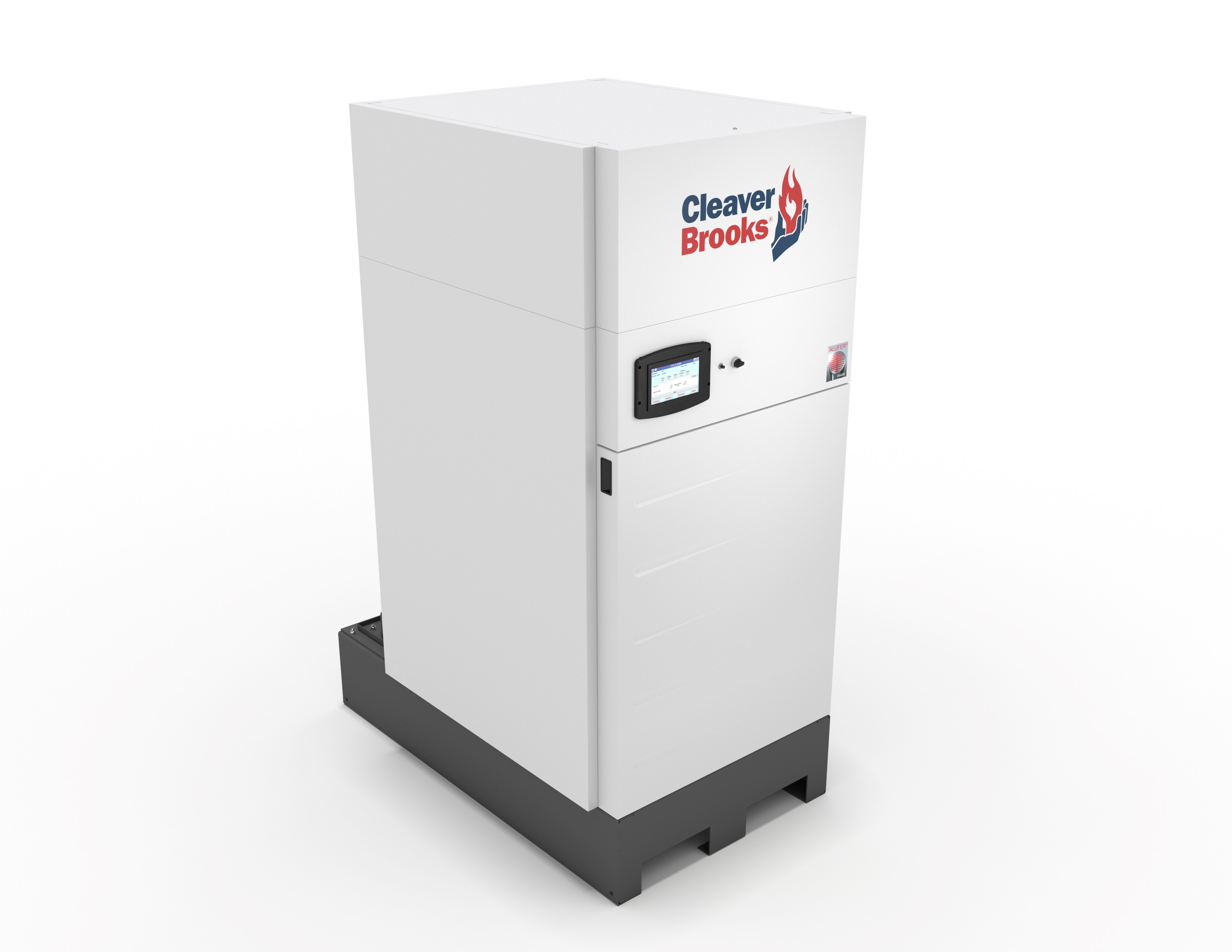As boiler technology has evolved over time, so has system design. The first notable difference in system design relates to hot water supply and return temperatures. Previously, it was common to design systems with a hot water supply temperature in the range of 180°F to 200°F assuming that a higher water temperature was always better. To a point, a higher hot water temperature is better as it allows for smaller heat transfer surfaces in heating coils and terminal units, but it limits the efficiency of the system. Conversely, a higher hot water temperature can make it more difficult to control space temperature during periods of low loads when full capacity is not required by the building. Today, systems using condensing boilers should be designed with the lowest hot water supply and return temperature feasible while still adequately heating the space. It should be noted that hot water return temperature is the driving factor that dictates boiler efficiency, so optimizing the hot water return temperature with this consideration should be the goal.
A standard hot water supply temperature for a condensing boiler should start at a minimum of 140°F with the ability to go lower, provided enough heating capacity is available at a reasonable cost from the heating coils and terminal units. Although a lower water temperature may be possible, there is a point where the increased first cost for additional heat transfer surface area exceeds the benefit of boiler efficiency. The hot water return temperature is a critical tipping point since a system that is not designed to have a hot water return temperature below the dew point of the flue gases will limit the potential benefits of a condensing boiler system. In this case, the boiler will not operate in condensing mode, and the energy savings will be much less than the system’s capability.
Relative to hot water system temperatures are system flow rates. Flow rates for older systems were typically designed for a temperature differential of 20°F between the hot water supply and return temperatures at the terminal units, which is above the condensing temperature and causes higher flow rates. Today, the temperature difference between the hot water supply and return temperatures should be between 30°F and 50°F, which decreases system flow rates, reduces pressure drops through heating coils and terminal units, and results in less system pumping power at full-load and part-load conditions. Because it is common to control the hot water system to the hot water supply temperature, a higher ΔT promotes a lower hot water return temperature to the boiler and leads to more condensing with increased boiler efficiency.

